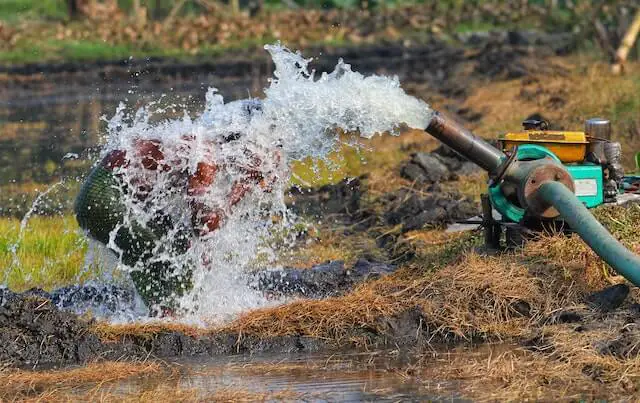Water management is a critical aspect of many industries and homesteads, and moving water uphill can pose a significant challenge. While pumps are often used for this purpose, what if you don’t have one or simply wish to explore an alternative method? Surprisingly, there are several inventive techniques that you can employ to move water uphill without a pump. This guide will detail how to move water uphill without a pump.
How to Move Water Uphill Without a Pump

There are three primary methods: creating a gravity-fed water system, using a siphon, or building a hydraulic ram.
These methods have been utilized for centuries and are effective, cost-efficient, and environmentally friendly. Let’s explore each of these steps in detail. Here are three primary method
- Creating a Gravity-Fed Water System
- Using a Siphon
- Building a Hydraulic Ram
Creating a Gravity-Fed Water System
Locate a water source
This method relies on a water source higher than the destination point. It could be a natural source like a spring or a man-made reservoir.
Install piping
Connect a pipe from the water source to the destination. The pipe needs to be tilted slightly downwards for the gravity to work.
Let gravity do its job.
Water naturally moving from higher to lower ground will start flowing through the pipe.
Using a Siphon
Fill the tube
Fill a hose or tube with water. Ensure there are no air gaps, as they can prevent the siphoning process.
Place one end of the tube
Put one end of the tube into the source container with water.
Create a seal
Ensure the tube is submerged and that the opening of the tube is not exposed to air. This creates an air-tight seal.
Place the other end of the tube.
Place the other end of the tube at a lower point than the water source. The water should start to flow out due to atmospheric pressure.
Building a Hydraulic Ram

Gather your materials
You’ll need two large water containers, a valve, and some piping.
Create a water flow.
Position one container (drive tank) higher than the other to create a flow. Connect a pipe from this tank to the other container.
Install a valve
Install a valve in the pipe that can open and close rapidly.
Position the valve
Place the valve near the lower container (delivery tank). The rushing water’s momentum through the pipe opens the valve, pushing some water into the delivery tank.
Let the water flow.
When the water velocity drops, the valve closes, and the process repeats, steadily moving water to the higher tank.
My Opinion
In conclusion, several viable, cost-effective, and energy-efficient methods exist to move water uphill without requiring a pump. Understanding and employing basic physics principles, such as gravity and atmospheric pressure, can help us solve initially daunting problems. We can manage water flow effectively by implementing gravity-fed water systems, siphons, or hydraulic rams, even in uphill terrains.
These age-old techniques are practical and kind to the environment, making them valuable tools for sustainable living. Are you looking to conquer gravity and send water uphill? Dive into our guide, and let’s turn the impossible into possible!
Mastering these methods for agricultural, household, or experimental purposes opens up resource management and ecological conservation possibilities.




